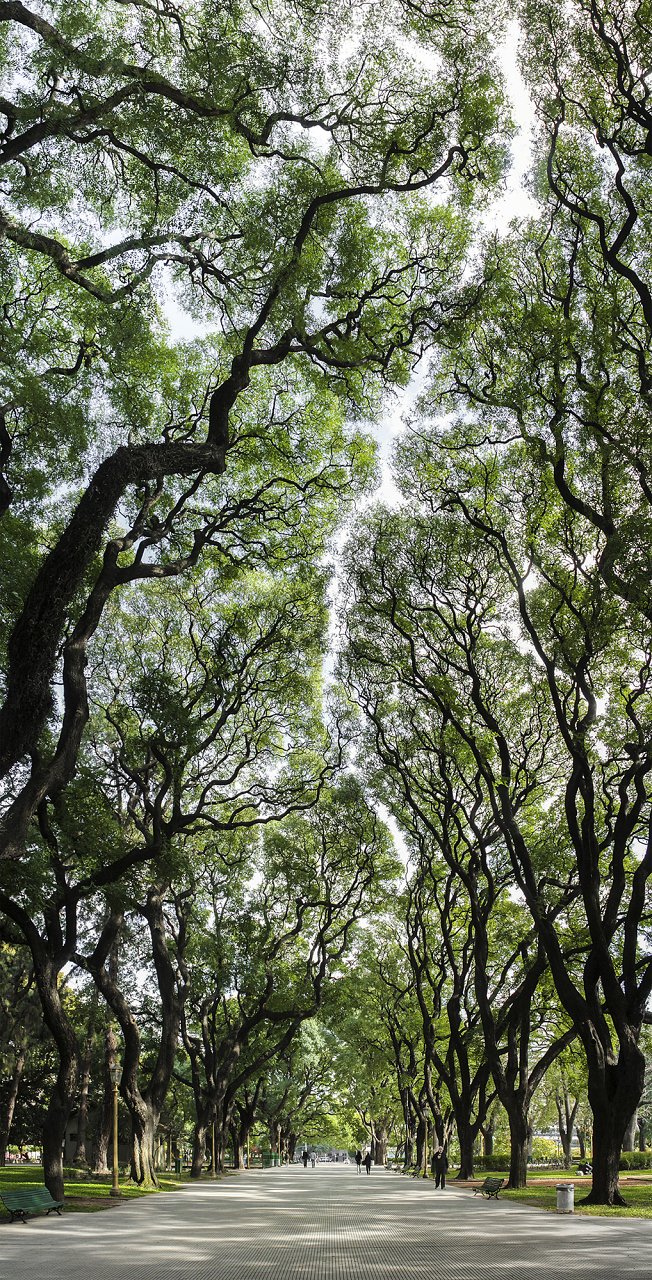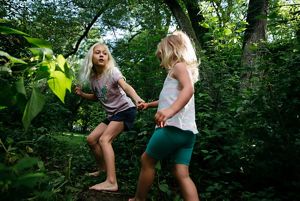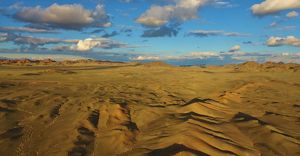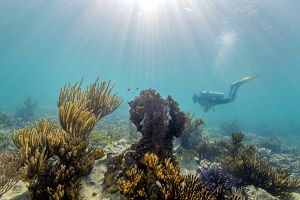How Your Photography Can Help Save the World
Tell the story of something worth protecting, even if it’s in your backyard.
A photograph may make you cry. It may give you the chills. And The Nature Conservancy believes it may just help save the world.
There’s a story to tell in anything and everything we want to protect. Through photography, we all have the power to tell that story from infinite angles.

For over 50 years, The Nature Conservancy’s magazine has showcased the highest quality of ethical nature photography. And for several years now, we’ve run an annual photo contest to inspire others to experience nature and the outdoors. By connecting people with the many shades of nature around them, we hope to generate awareness and passion for conservation.
Great photos can come from anywhere
Photography is powerful and requires a great deal of care to ensure that it’s authentic and respectful. Almost 4 billion of us use smartphones to take increasingly high-quality photos, sometimes with little or no planning. Action cameras and drones allow us to take photos in conditions and from angles and locations that were literally impossible before.
Great photos can be made anywhere, even without the best equipment.
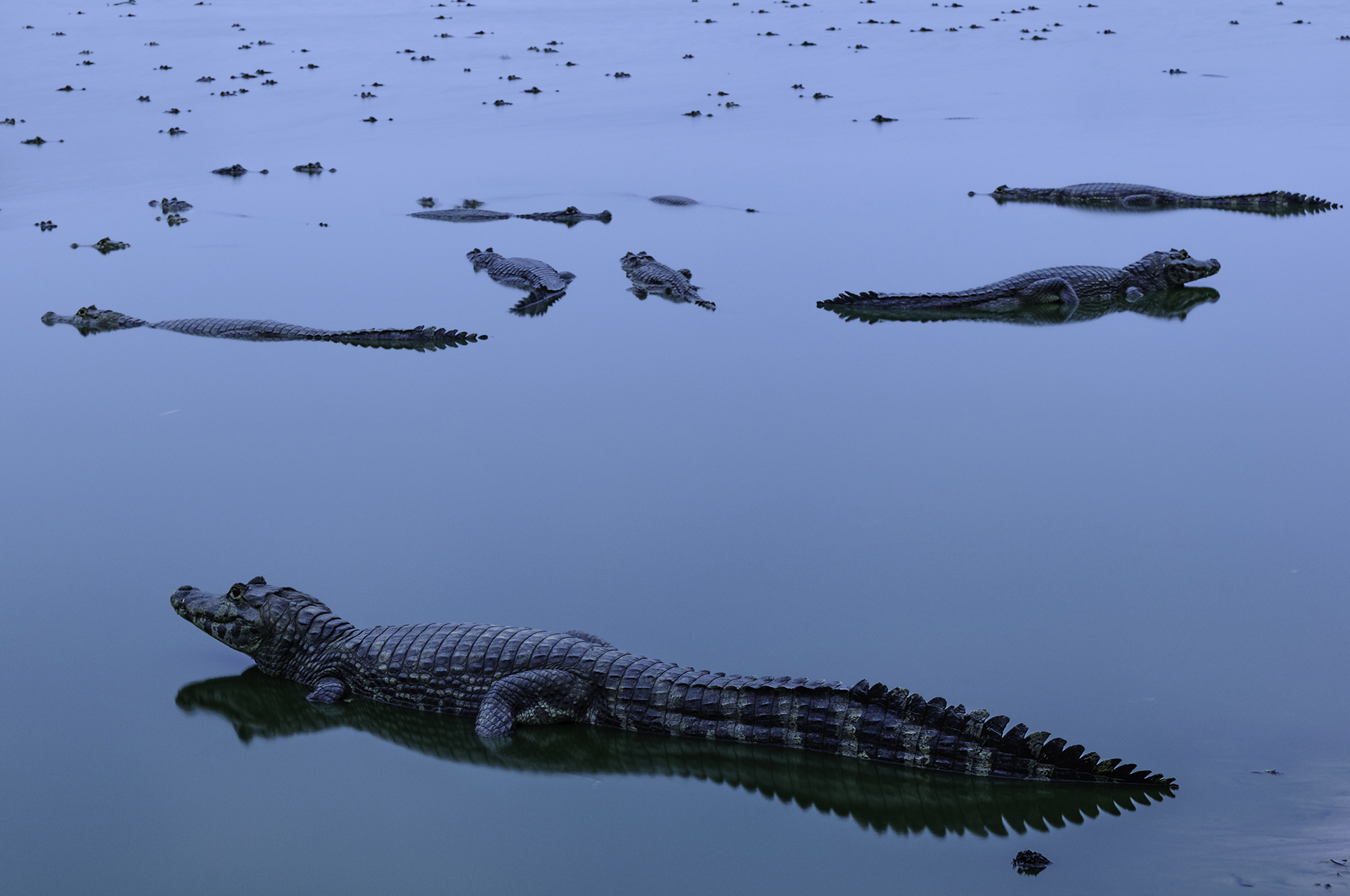
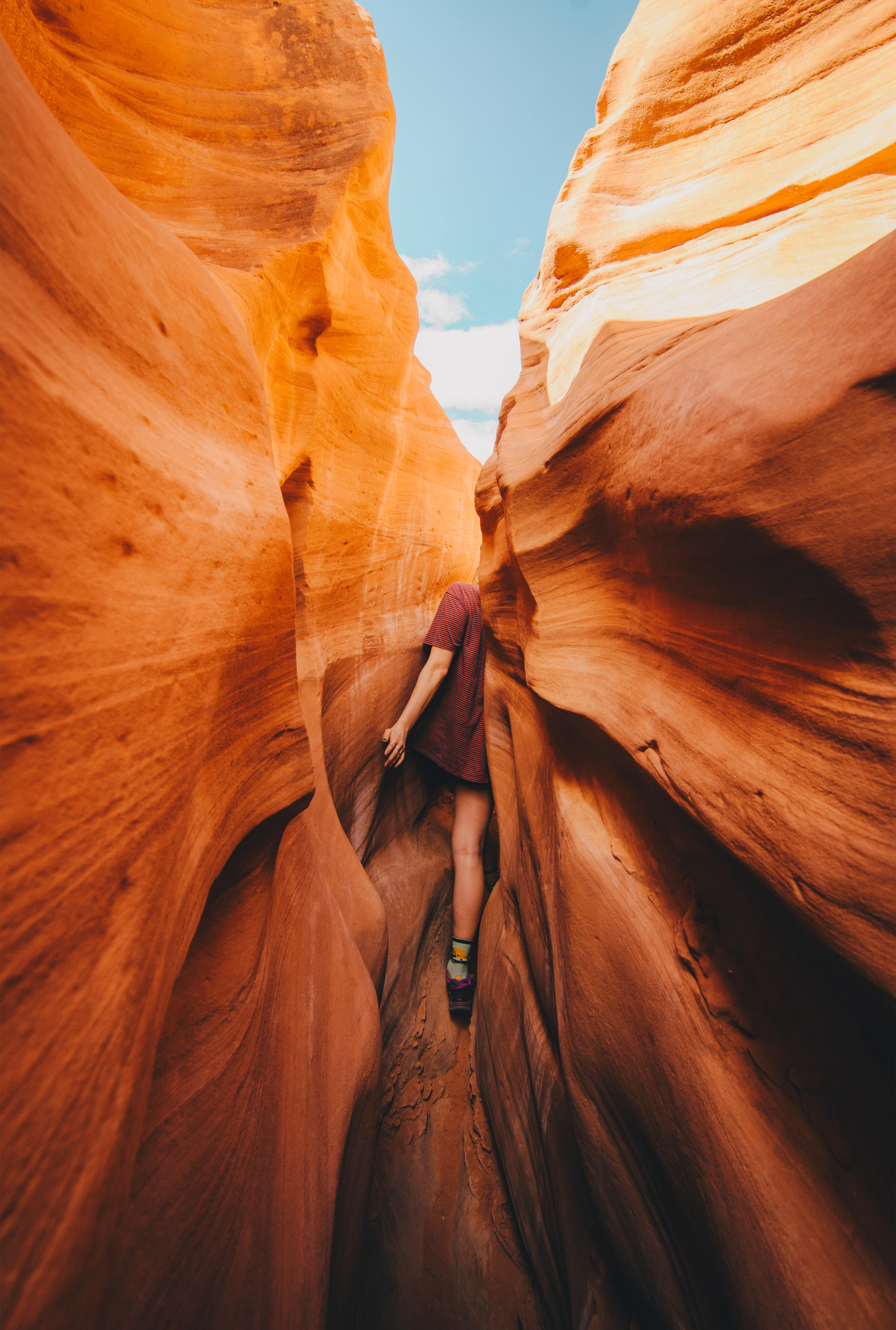
Taking ethical nature photos
Our best tip for taking ethical nature photos? Slow down.
It may seem counter-intuitive but by slowing down, you’re actually valuing your own time and giving yourself a chance to really understand the subject you're photographing.
If you’re photographing people, getting to know them on a personal level will allow you to be more respectful to their story. The same goes for photographing wildlife.
By slowing down you may just get the experience of a lifetime.

Respect nature and be authentic
Nature photographers must also carefully consider their footprint. This means following all park guidelines and local laws for staying on trails, not trespassing, and not baiting animals. If using a drone, learn how to maneuver it in a way that will not stress out, spook or endanger wildlife or humans.
Authenticity and ethics go beyon the picture-taking itself. There are also a lot of powerful photo editing tools available, and we must not overdo it. A good rule of thumb is that if you ever start to feel that you’ve manipulated a situation, step away and don’t take that photo or make that edit.
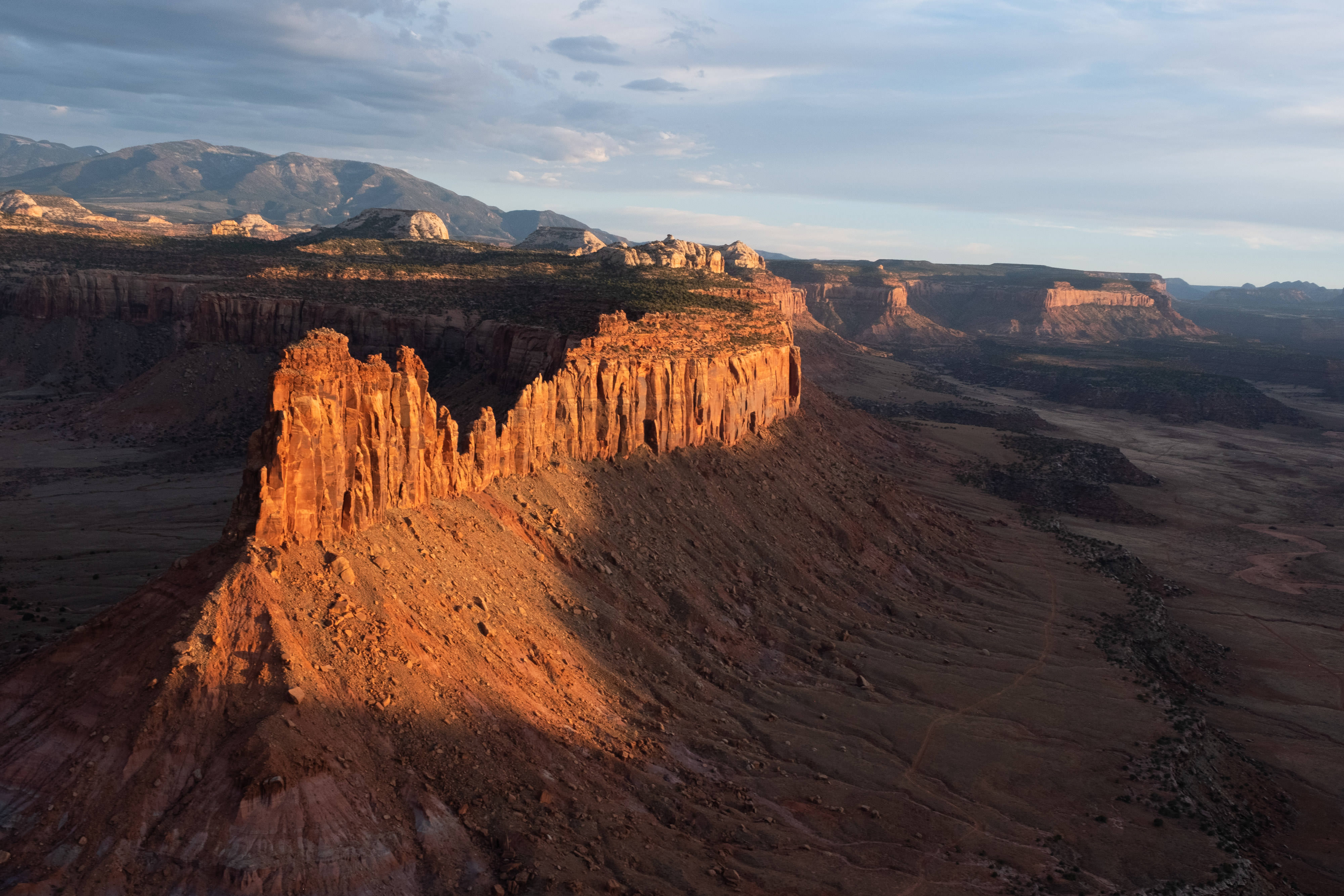
The movement starts with you
Photography jumpstarts movements. The natural world, faced with unprecedented biodiversity loss and the climate crisis, urgently needs more people to join its movement. How are thoughtful visuals raising awareness about environmental issues?
Joel Sartore is photographing as many species as he can to maintain a visual record of them before they go extinct. It’s telling that he already has hundreds of thousands of images of individual animals in his Photo Arc. James Balog was one of the first to use time-lapse photography to show the effects of climate change by documenting the world’s melting glaciers.
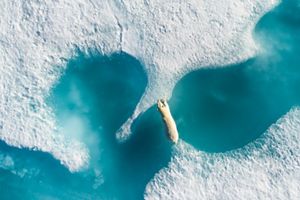
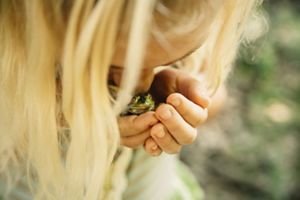
But you don’t need to go to the Arctic to take a picture of something you want to protect. It could be as simple as documenting your children, your dog or your home. That has value. You’re saying, “it’s here, and I care about it.”
If you care about something, then at every level as a producer or as an advocate, there is a place for you in our growing photo community.
Get Inspired by Nature Photos
We’re overjoyed to have received so many amazing submissions during our last two photo contests.

